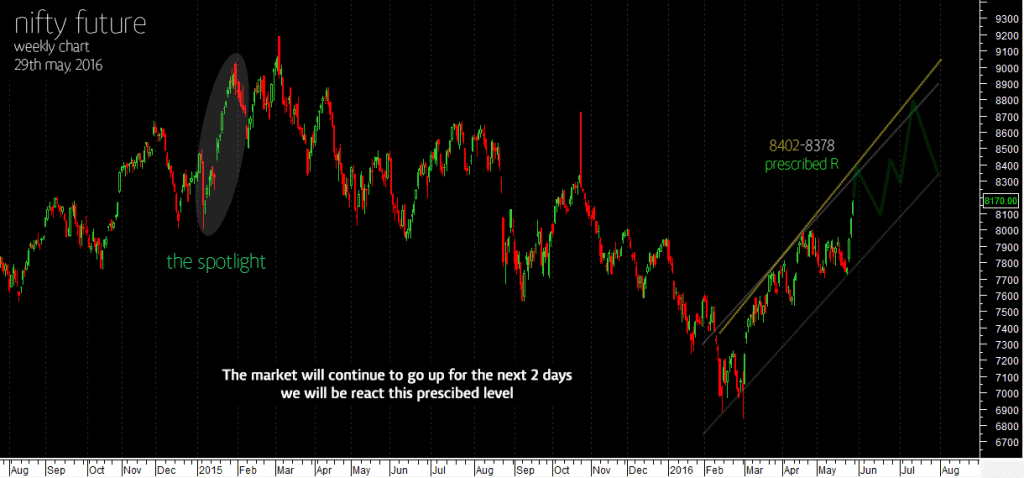

If you are not comfortable buying individual stocks then you should buy Nifty Bees ETF. History clearly tells us that if you are a passive long term investor you should buy stocks when P/E reaches 15-16 and stop buying when P/E goes above 22. Since NSE started, every time when Nifty's Price/Earnings ratio exceeded 22, the average return from Indian equities over the subsequent three years became negative.

Recent research done by my firm shows just how dangerous it is to remain invested in an expensive market. The market quickly bounces back from the oversold region because intelligent investors start buying stocks looking to snatch up bargains and they do the exact opposite when Nifty P/E is in the overbought region.Ĭheck out what Professor Bakshi (a famous Indian value investor ) has to say about Nifty P/E. Nifty is considered to be in oversold range when Nifty PE value is below 14 and it's considered to be in overvalued range when Nifty PE is near or above 22. If P/E is 15, it means Nifty is 15 times its earnings. PE ratio is also known as "price multiple" or "earnings multiple". Nifty PE ratio measures the average PE ratio of the Nifty 50 companies covered by the Nifty Index. Sign up for premium membership to see the long term historical Nifty PE average.) We may therefore be at some kind of an inflection point here.Current Nifty PE Ratio on 3 is 21.20. So both types of players need to be on the alert for the trading pattern of the next week.

Any underperformers in the portfolio, any extra performers too, may have to be shed. With an 18% advance in double quick time, they too need to pay attention to the trend since some misgivings about its strength have been raised (vide the weekly chart). It is not as though the medium-term chaps can be relaxed. So they need to be paying close attention to what the market shall do next week and be ready to jump ship if weakness begins to show. We need to understand that these are longer-term factors and if they (and others like them) are indeed to play out, it still doesn’t mean that the Nifty cannot slide a bit, do some test of nearby supports and then get back into the uptrend again! For short-term players, every squiggle of the market matters. Then there are macro data to lean against- inflation easing, oil is down, Rupee weakness is passing etc. It is one of the two main stock indices used in India, the other being the BSE SENSEX. This implies retail and other money is making a comeback to the market. People argue that it took $32 billion and 8 months to drop the Nifty by 17% and took just $3-4 billion and 6 weeks for an 18% pullback! Everyone would like to bet on the side of that strength rather than against it, obviously.Īnother argument could be from the technical side, the scores and scores of upside breakouts that one is seeing on the charts of a wide range of stocks. What can argue against such a possibility? The FPI buying spree, for example. For, the latter would mean that the dreaded correction will then appear. In other words, the market is now in a make-it-or-break-it mode! While we would all like it if the market made it, we also need to be vigilant to see if the market fails to make it. If that were to extend even further, then very shortly into the future new patterns of reversals shall emerge on the daily and intraday charts. What it means is that if the prices were to continue to remain soft when trading resumes next week, then chances are that the trend may respond more to short-term impacts and continue the correction some more. can all be considered small warning signals for the trends in the coming week. Now seen in the light of the weekly set-up, the daily bearish candle (sizable), the resistance at the pitchfork channel, the divergence in the 60-minute chart etc.


 0 kommentar(er)
0 kommentar(er)
